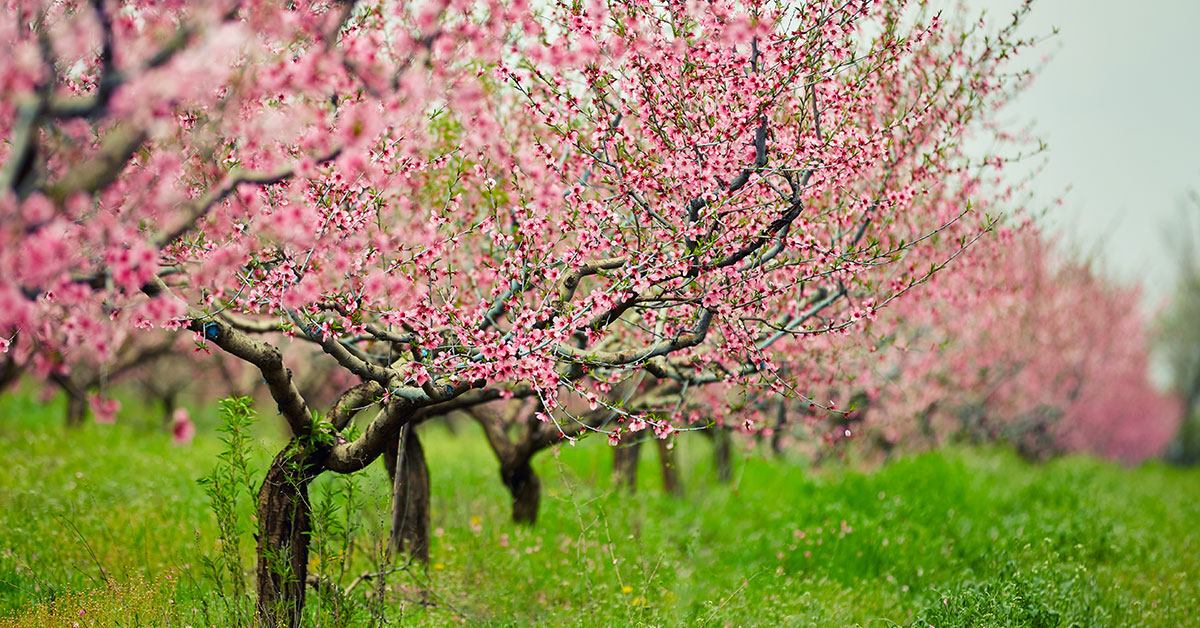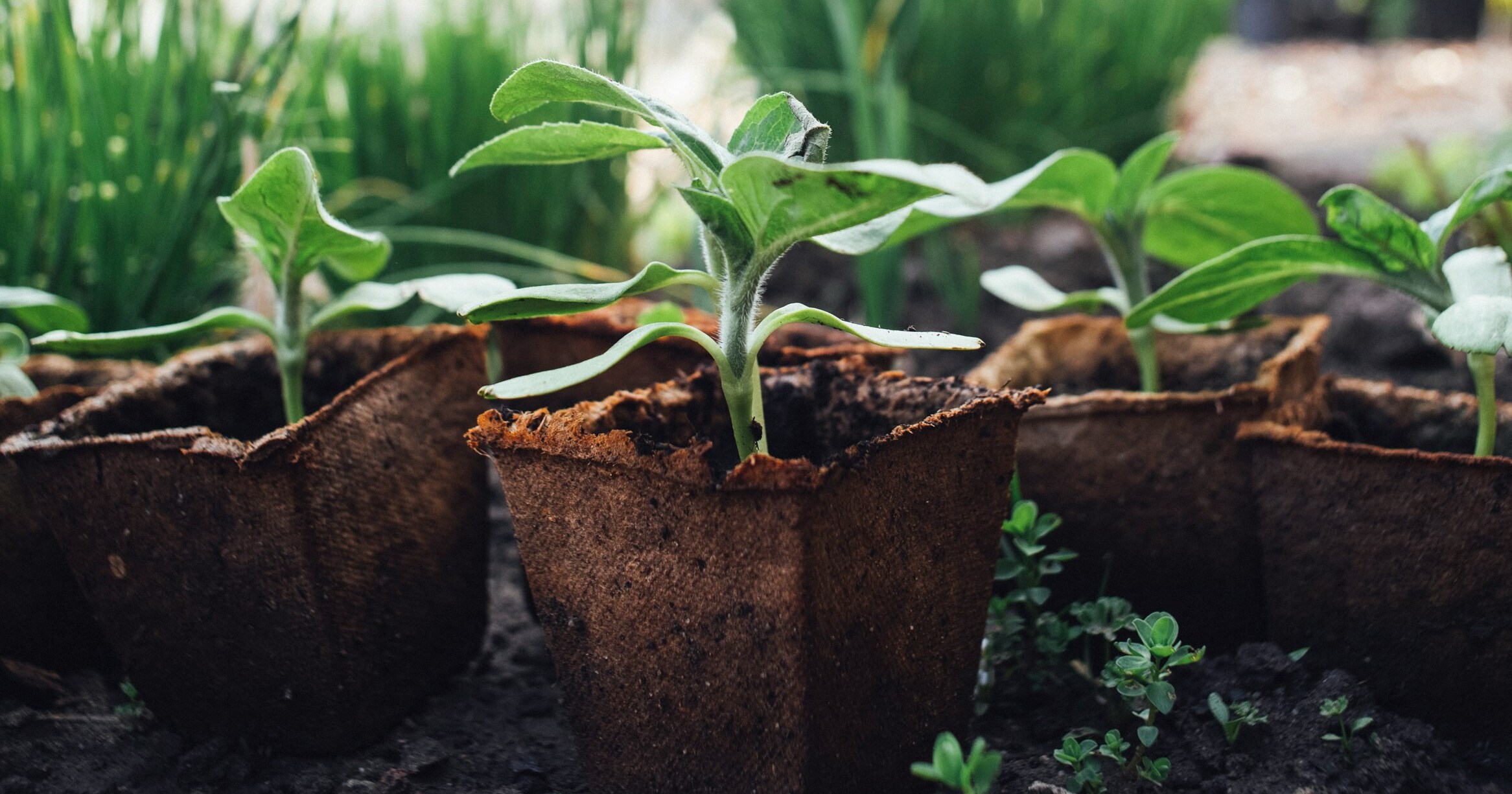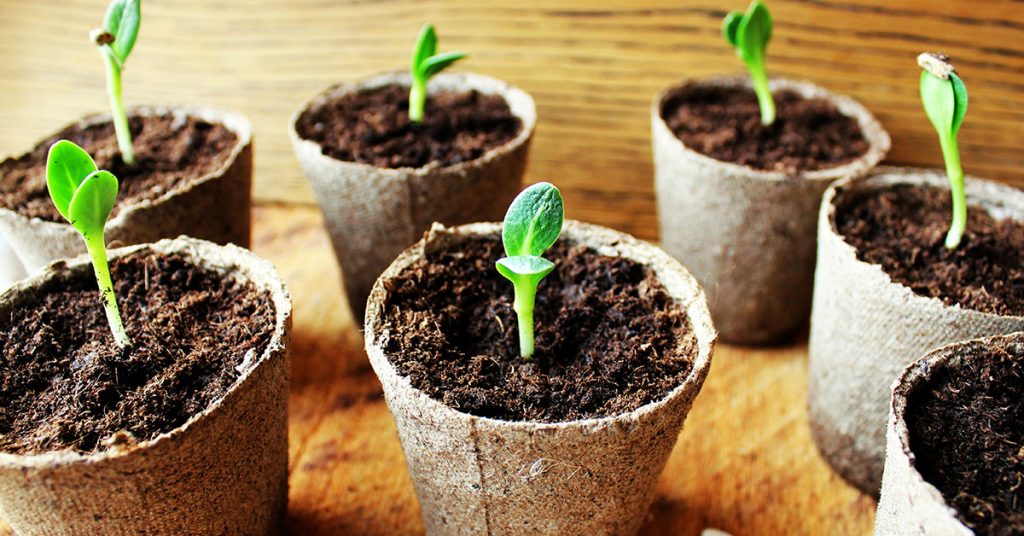Welcome to the world of growing Empress Peach trees, where the sweet aroma of juicy, golden peaches fills the air and the sight of vibrant pink blossoms brings joy to any garden. As a gardening expert, I am thrilled to share my knowledge and passion for cultivating these magnificent fruit trees. The Empress Peach, known for its exceptional flavor and stunning appearance, is a favorite among gardeners and fruit enthusiasts alike.
In this article, we will explore the essential steps and techniques required to successfully grow and care for Empress Peach trees, from selecting the right location to nurturing them through each stage of growth. So, whether you are a seasoned gardener or a beginner with a green thumb, get ready to embark on a delightful journey of growing your very own Empress Peach tree and enjoy the bountiful rewards it brings.
What are Empress Peaches?
Empress Peach is a popular variety of peach tree known for its exceptional flavor and large fruit size. It is a deciduous tree that typically grows to a height of 15 to 20 feet, making it suitable for both small and large gardens. The tree produces beautiful pink blossoms in early spring, adding a touch of elegance to any landscape. The fruit of the Empress Peach is large, round, and has a vibrant orange-yellow skin with a slight blush. The flesh is juicy, sweet, and aromatic, making it perfect for eating fresh or using in various culinary applications. The fruit ripens in mid to late summer, providing a delightful harvest for peach enthusiasts. Empress Peach trees are relatively easy to grow, requiring full sun exposure and well-drained soil. They are self-fertile, meaning they do not require another peach tree for pollination. However, planting multiple trees can increase fruit production. Regular pruning and thinning of branches are essential to maintain the tree’s shape and promote healthy fruit development. With proper care and maintenance, Empress Peach trees can be productive for many years, providing a bountiful harvest of delicious peaches that are sure to delight both gardeners and fruit lovers alike.
What do Empress Peaches taste like?
Empress Peach is known for its exceptional flavor profile, making it a favorite among peach enthusiasts. The taste of Empress Peach is delightfully sweet and juicy, with a perfect balance of acidity. Its flesh is tender and succulent, melting in your mouth with every bite.
The flavor of Empress Peach is often described as intensely aromatic, with hints of tropical and floral notes. You may detect subtle undertones of honey, nectarine, and even a touch of citrus. The sweetness of this peach variety is well-balanced, not overpowering, allowing the natural flavors to shine through.
When fully ripe, Empress Peach offers a burst of juiciness that is incredibly refreshing. Its high sugar content enhances the overall taste, creating a luscious and satisfying experience. The fruit’s texture is smooth and velvety, adding to the enjoyment of each bite.
Whether eaten fresh, used in desserts, or incorporated into jams and preserves, Empress Peach is sure to impress with its exceptional flavor. Its delectable taste and aromatic qualities make it a highly sought-after peach variety for both home gardeners and culinary enthusiasts alike.
How to start Empress Peach trees from seed
Starting an Empress Peach tree from seed can be a rewarding and cost-effective way to grow your own tree. However, it’s important to note that growing a peach tree from seed may not produce the exact same fruit as the parent tree. Peach trees are typically propagated through grafting to ensure consistent fruit quality and characteristics. Nevertheless, if you’re willing to experiment and see what you get, here’s a guide on starting an Empress Peach tree from seed:
- Seed Selection: Obtain fresh Empress Peach seeds from a reputable source. You can collect seeds from a ripe peach, but keep in mind that the fruit may have been cross-pollinated, resulting in variations in the offspring.
- Seed Preparation: Remove the seed from the peach fruit and gently wash off any remaining flesh. Dry the seed for a few days to ensure it is completely dry.
- Cold Stratification: Peach seeds require a period of cold stratification to break their dormancy and promote germination. Place the dry seed in a plastic bag with a moistened paper towel or peat moss. Seal the bag and refrigerate it for about 8-12 weeks. This mimics the natural winter conditions that the seed would experience outdoors.
- Germination: After the cold stratification period, remove the seeds from the refrigerator and let them warm up to room temperature. Fill a small pot with well-draining potting mix and plant the seeds about an inch deep. Water the soil lightly to ensure it is evenly moist but not waterlogged.
- Warmth and Light: Place the pot in a warm location with temperatures around 70-80°F (21-27°C). Provide the seedling with bright, indirect light or use a grow light if natural light is limited. Avoid exposing the seedling to direct sunlight, as it may scorch the delicate young plant.
- Care and Maintenance: Keep the soil consistently moist but not soggy. Mist the seedling regularly to maintain humidity around the plant. Ensure good air circulation to prevent fungal diseases. As the seedling grows, thin it out to allow for proper development of the strongest plant.
- Transplanting: Once the seedling has developed a few sets of true leaves and is strong enough to handle, it can be transplanted into a larger pot or outdoors. Choose a sunny location with well-draining soil for planting. Ensure the young tree is protected from strong winds and extreme temperatures.
- Pruning and Training: As the tree grows, prune it to establish a strong framework of branches. Remove any suckers or weak growth. Consider training the tree to a desired shape, such as an open center or central leader system, depending on your preference.
Keep in mind that growing a peach tree from seed can be a long process, and it may take several years before the tree produces fruit. Additionally, the fruit quality and characteristics may vary from the parent tree. If you’re looking for consistent fruit quality, it’s recommended to obtain a grafted Empress Peach tree from a nursery or reputable supplier.
When to plant Empress Peach trees outdoors
The ideal time to plant Empress Peach trees is during the late winter or early spring, before the tree starts to break dormancy. This is typically between February and April, depending on your specific climate and region. Planting during this time allows the tree to establish its root system before the onset of summer heat.
Growing & care guide
Caring for Empress Peach trees requires attention to several key factors, including proper planting, watering, fertilizing, pruning, and pest control. By following these best practices, you can ensure healthy growth and maximize fruit production.
- Choose a sunny location with well-drained soil for your Empress Peach tree.
- Dig a hole that is wide and deep enough to accommodate the root system.
- Place the tree in the hole, making sure the bud union is above the soil level.
- Backfill the hole with soil, gently firming it around the roots.
- Water thoroughly after planting to settle the soil.
- Provide regular and consistent watering, especially during the tree’s first year.
- Water deeply, ensuring the soil is moist but not waterlogged.
- Avoid overwatering, as it can lead to root rot and other diseases.
- During dry spells, increase watering frequency to prevent drought stress.
- Apply a balanced fertilizer, such as a 10-10-10 or 14-14-14, in early spring before new growth begins.
- Follow the manufacturer’s instructions for application rates.
- Avoid excessive nitrogen fertilization, as it can promote vegetative growth at the expense of fruit production.
- Consider performing a soil test to determine if any specific nutrient deficiencies need to be addressed.
- Prune your Empress Peach tree during the dormant season, typically in late winter or early spring.
- Remove any dead, damaged, or diseased branches.
- Thin out crowded branches to improve air circulation and sunlight penetration.
- Maintain an open center or vase-shaped structure to promote fruiting and reduce the risk of disease.
- Monitor your tree regularly for signs of pests, such as aphids, peach leaf curl, or borers.
- Use organic or chemical insecticides as necessary, following the instructions carefully.
- Apply dormant oil spray during the dormant season to control overwintering pests and their eggs.
- Keep the area around the tree free from fallen fruit and debris to discourage pests and diseases.
- Empress Peach trees typically bear fruit in mid to late summer, depending on the climate.
- Harvest the peaches when they are fully ripe but still firm.
- Gently twist or lift the fruit to detach it from the tree.
- Handle the peaches carefully to avoid bruising or damaging them.
Remember that each peach tree is unique, and adjustments to these practices may be necessary based on your specific growing conditions. Regular observation, care, and attention will help you maintain a healthy Empress Peach tree and enjoy a bountiful harvest.
Harvesting guide
Empress Peach is a popular variety known for its juicy and flavorful fruit. Harvesting the peaches at the right time is crucial to ensure optimal taste and texture. Here are some guidelines to follow when harvesting Empress Peaches:
- Timing: The timing of the harvest is essential. Empress Peaches are typically ready for harvest in late summer, usually around August or September, depending on your specific location and climate. The fruit should be fully ripe before picking.
- Color: Look for the characteristic color of Empress Peaches, which is a vibrant golden-yellow with a slight blush of red on the skin. The fruit should have an even coloration and be free from any green tinges.
- Firmness: Gently squeeze the fruit to check its firmness. A ripe Empress Peach should yield slightly to gentle pressure without being overly soft or mushy. Avoid picking peaches that are still hard as they will not ripen properly off the tree.
- Ease of detachment: The peaches should easily detach from the tree when they are ready to be harvested. Give them a gentle twist or lift, and if they come off effortlessly, they are likely ripe and ready to be picked. Avoid forcefully pulling or tugging on the fruit, as this may damage the tree or the peaches.
- Taste test: If you are unsure about the ripeness of a peach, you can do a taste test. Pick a fruit that appears ripe and take a small bite. A fully ripe Empress Peach should be sweet, juicy, and have a pleasant aroma. If it tastes underripe or lacks flavor, leave it on the tree for a few more days before harvesting.
- Harvesting technique: To harvest Empress Peaches, hold the fruit gently and twist it slightly while lifting it upwards. This twisting motion helps to detach the fruit from the stem without causing any damage. It is advisable to wear gloves while harvesting to protect your hands from the peach fuzz and any potential skin irritation.
- Storage: After harvesting, handle the peaches with care to avoid bruising or damaging them. Place the fruit in a single layer in a shallow container or basket to prevent them from getting crushed. Store them at room temperature for a day or two to allow them to fully ripen. If you need to store them for a longer duration, you can refrigerate them in a plastic bag, but keep in mind that refrigeration may affect the texture and flavor of the fruit.
Remember, Empress Peaches taste best when consumed fresh, so try to harvest and enjoy them as soon as they are ripe.













